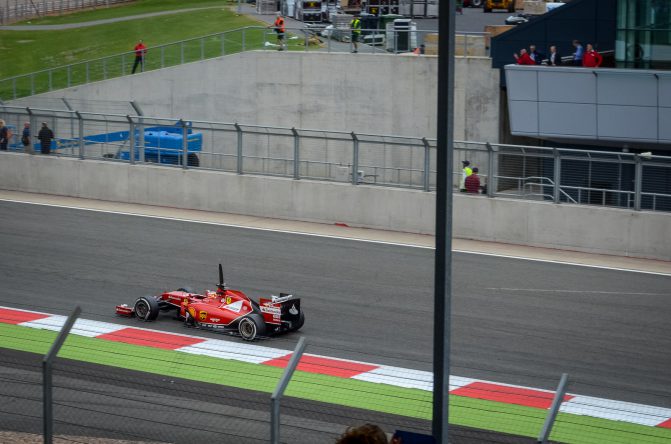Whether the drivers and the fans like it or not, it’s no news at Halo has finally made its Formula One debut, and is already being used in the F1 races. F1 teams have been allowed to incorporate it into their car designs, adhering to certain guidelines. Open cockpit racing in Formula One has become a thing of the past.
People who actively bet on Formula One races are also contemplating its possible impact on the race results. If you too are interested in punting on the F1 races, but haven’t started yet, the best way to go about it is by using free bets offered by various reputed online bookies.
Let’s now acquaint you with Halo and tell you more about it.
What is it after all?
Halo is essentially a titanium structure which sits above an F1 car’s cockpit, to protect the driver from head injuries resulting from flying debris. The structure is supported by a single vertical pylon right in front of the driver, and a hoop (right over the cockpit) is attached to the cockpit’s surrounding area and the car’s survival cell. As you might be aware, the device has been made mandatory on all the F1 cars starting this season.
Whose idea was it?
The idea of Halo was proposed by Mercedes in the year 2015, as a result of their years of research into the potential safety benefits of such front roll structures. A prototype made up of steel was put through static tests and was found to deliver good results against a 20 kg tyre regularly fired at a speed of 225 km/h. The tyre was fired through a nitrogen-powered canon.
Ferrari also carried out winter track testing in the year 2016 on a steel prototype of halo, covered in carbon fibre. They reported acceptable visibility levels, despite the pylon being directly in front of the cockpit. A series of tests were carried out during the Friday practice sessions in the 2016 and 2017 F1 races, before deciding upon a final design that was made compulsory for the 2018 races. Many F1 teams, drivers and fans have expressed their reservations about this new modification.
Is F1 safer than before with halo?
FIA conducted 17 case studies of some serious F1 accidents and discovered that Halo would have benefited in 15 of those cases, while there would have been no impact (positive or negative) in the other 2. The structure essentially stops large objects like trackside barriers, another car, wheels etc. from entering into the cockpit, and protects the driver’s head. In fact, Mercedes claim that Halo can take weight of even the London bus!
However, it wouldn’t have been helpful in case of Jules Bianchi, who collided with a heavy track vehicle during the Japanese Grand Prix in 2014, suffering serious head injuries that led to his death. No proper assessment could also be carried out on its potential impact in case of Felipe Massa’s unfortunate accident during the Hungarian Grand Prix, when a loose spring from Rubens Barrichelo’s car hit him on the head.
However, a FIA studies involving different small objects being fired at the car from different angles, reveal that the structure could protect the driver in 17% of the cases, as opposed to none in a car without the halo.




